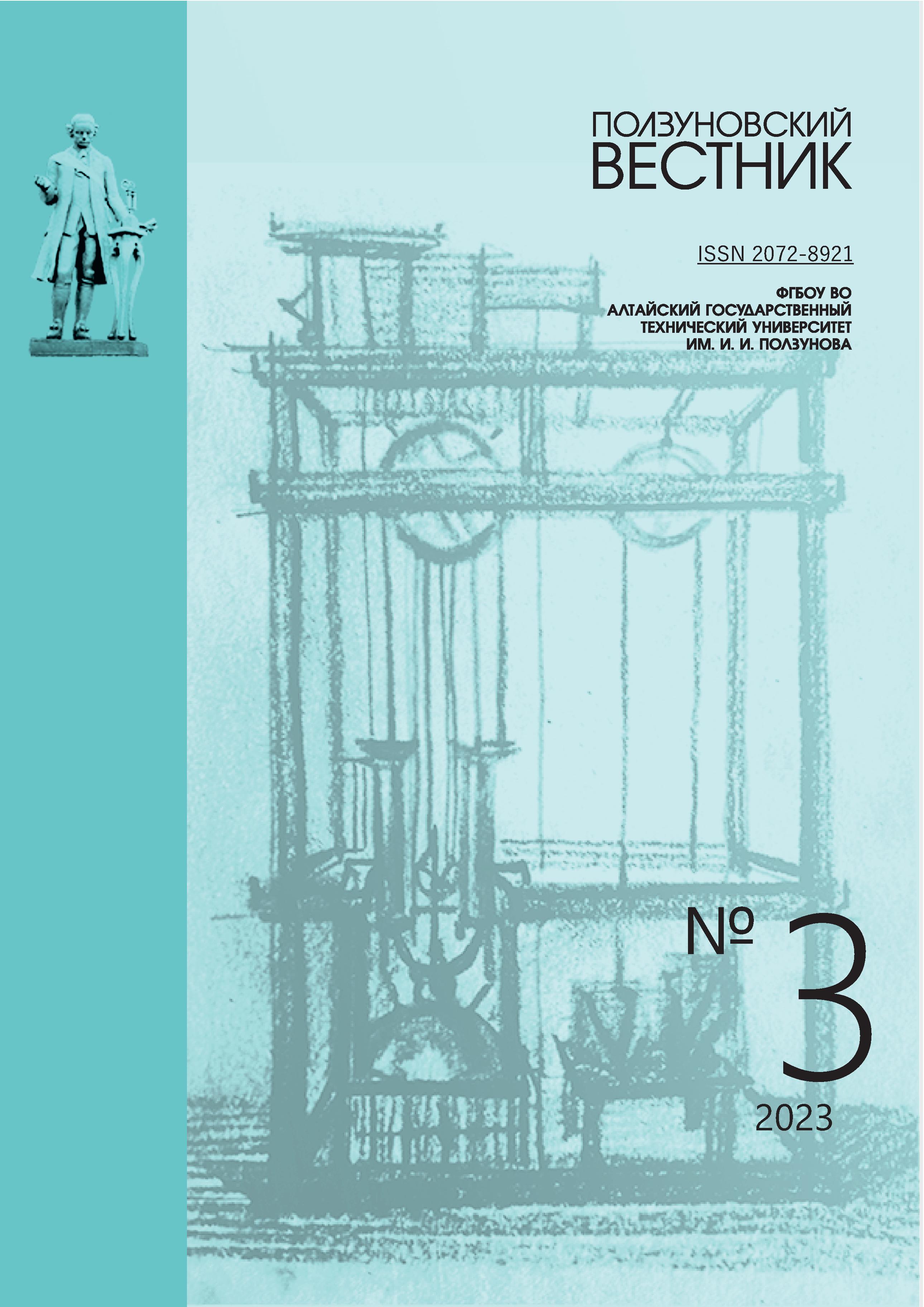USING ANALYTICAL APPROACHES TO ASSESS THE EFFECT OF LIPIDS ON THE DIGESTION TIME OF PROTEINS AND CARBOHYDRATES IN FOOD
RYPJSR
DOI:
https://doi.org/10.25712/ASTU.2072-8921.2023.03.001Keywords:
proteins, carbohydrates, fats, digestion time, transition temperature, plasticization functions, aggregation order, dietAbstract
Due to the fact that the main processes of digestion – proteolysis of protein molecules and hydrolysis of carbohydrates under the action of enzymes occur in the presence of other food components (lipids, mineral additives, etc.), some of which significantly affect the digestion time, the article considers the effect of one of these factors – the effect of lipids on the time digestion of proteins and carbohydrates. The analytical description of such processes is of significant interest, for example, in the development of diets, allowing to optimize the work of the gastrointestinal tract and bring maximum benefit to the human body when assimilating a certain set of nutrients. Therefore, the problem of managing the duration of digestion of food in the gastrointestinal tract, depending on its composition and the ratio of components, is becoming increasingly relevant. The research material was analytical data on the content of proteins, fats and carbohydrates in the main food groups and their digestion time in the gastrointestinal tract, as well as data on the mechanism of action of lipids on the rate of hydrolysis of proteins and carbohydrates. Based on the results of the review of the mechanism of action of food lipids on the rate of hydrolysis of proteins and carbohydrates in the gastrointestinal tract, it is shown that an increased fat content leads to a sharp increase in the digestion time of the protein contained in the product and to the corresponding consequences associated with their metabolism in the human body. While for carbohydrates contained in plant foods, the effect of lipids on their digestion time is less pronounced and its increase is insignificant. Based on the optimum fat content, which falls on cereals, it is proposed to conditionally divide food into two categories according to the time of assimilation of cereals in the gastrointestinal tract. The proposed approach shows that fats have a significant impact on the process of digestion of food substances and taking into account their content in the relevant products can be used as one of the criteria in the development of food diets for different population groups, taking into account age, physical activity, etc. and in the implementation of various food technologies.
References
Долматова И.А., Зайцева Т.Н., Рябова В.Ф. Физиологические эффекты пищевых веществ // Актуальные проблемы современной науки, техники и образования. 2019. Т. 10, № 1. С. 139-142.
Current in vitro digestion systems for under-standing food digestion in human upper gastrointestinal tract / C. Li [et al.]. // Trends in Food Science and Technology. 2020. Vol. 96. P. 114-126. doi.org/10.1016/j.tifs.2019.12.015.
Influence of emulsifier structure on lipid bioaccessibility in oilwater nanoemulsions / A. Speranza [et al.]. // Journal of Agricultural and Food Chemistry. 2013. Vol. 61, N 26. P. 6505-6515. doi.org/10.1021/jf401548r.
Impact of different biopolymer networks on the digestion of gastric structured emulsions / T.J. Wooster [et al.]. // Food Hydrocolloids. 2014. Vol. 36. P. 102-114. doi.org/10.1016/j.foodhyd.2013.09.009.
Inhibition of lipases by proteins. A kinetic study with dicaprin monolayers / Y. Gargouri [et al.]. // Journal of Biological Chemistry. 1985. Vol. 260, N 4. P. 2268-2273. doi.org/10.1016/S0021-9258(18)89549-7.
Inhibition of lipases by proteins: a binding study using dicaprin monolayers / Y. Gargouri [et al.]. // Biochemistry. 1986. Vol. 25, N 7. P. 1733-1738. doi.org/10.1021/bi00355a043.
Матвеев Ю.И., Аверьянова Е.В. Об агрегации в бинарных биополимерных системах // Известия вузов. Прикладная химия и биотехнология. 2020. Т. 10, № 2. С. 223-231. doi.org/10.21285/2227-2925-2020-10-2-223-231.
Скурихин И.М., Нечаев А.П. Все о пище с точки зрения химика. Москва : Высшая школа, 1991. 288 с.
Омаров Р.С., Сычева О.В. Основы рационального питания. Москва-Берлин : Directmedia, 2015. 78 с.
Adamberg K., Adamberg S. Selec-tion of fast and slow growing bacteria from fecal microbiota using continuous culture with changing dilution rate // Microbial Ecology in Health and Disease. 2018. Vol. 29, N 1. P. 1-12. doi.org/10.1080/16512235.2018.1549922.
Акашева Д.У., Драпкина О.М. Средиземноморская диета: история, основные компоненты, доказательства пользы и возможность применения в российской реальности // Рациональная фармакотерапия в кардиологии. 2020. Т. 16, № 2. С. 307-316. doi:10.20996/1819-6446-2020-04-03.
Ткачева Н., Елисеева Т. Средиземноморская диета – научное обоснование, доказанная польза для здоровья, преимущества и недостатки // Журнал здорового питания и диетологии. 2020. № 14. С. 72-80.
Downloads
Published
How to Cite
Issue
Section
License
Copyright (c) 2023 Yuri I. Matveev, Elena V. Averyanova

This work is licensed under a Creative Commons Attribution 4.0 International License.















 .
. This work is licensed under a
This work is licensed under a 
